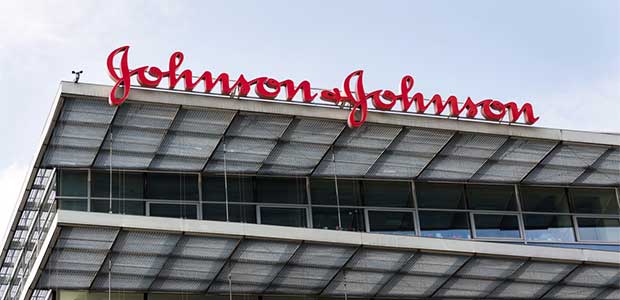
Oklahoma Case Demands Johnson & Johnson Pay $572 Million for Contributions to Opioid Crisis
The state of Oklahoma was the first to accuse a drug manufacturer of causing a national public health disaster related to the opioid crisis. The ruling could set in motion more than 2,000 similar lawsuits.
For years the prevalence of opioid use, addiction, and deaths has risen to alarming levels across the United Sates and globe. The cry for action and appropriate education on the risks associated with opioids is not new, but legal action directly against drug manufacturers had not been done until this summer. Famous company Johnson & Johnson is taking the heat – and facing millions in liability.
After a two-month trial in Oklahoma, Judge Thad Balkman of Cleveland County, District Court, ruled that Johnson & Johnson greatly contributed to the state’s opioid crisis and rising overdose deaths through deceitful and false marketing and advertising, breaching the state’s “public nuisance” law. The reputable, family-friendly company known for its soap, baby powder, and Band-Aids denies any of the claims.
The settled on $572 million accounts for the company’s alleged cause of destruction in the state and spike in opioid addiction and death cases. The state had hoped to win an additional $17 million in the case to cover the costs of predicted addiction treatment, drug courts, and other services it would need over the next 20 years to repair the damage. Those additional $17 million were not won.
Despite this, however, Judge Balkman’s ruling is one of the first of its kind – that is, the “public nuisance” law has traditionally been applied in cases where something interferes with a right common to the general public, traditionally roads, waterways or other public areas. Recently, plaintiffs have used the laws to press claims involving more general cases of public health like air pollution and lead paint. After the Oklahoma trial with J & J, many other states, cities, and companies are looking to use the same model in their claims against drug manufacturers.
The state of Oklahoma has, in effect, placed the majority of the blame for the state’s opioid crisis on one defendant, and the J & J’s defense mainly focused on the state’s “misuse” of the public nuisance law.
“We’ve shown that J & J was at the root cause of this opioid crisis,” said Brad Beckworth, the lead attorney for the state. “It made billions of dollars from it over a 20-year period. They’ve always denied responsibility and yet at the same time they say they want to make a difference in solving this problem. So do the right thing: Come in here, pay the judgment.”
Michael Ullmann, the general counsel and executive vice president of Johnson & Johnson, referring to the company’s pharmaceutical subsidiary, said that “Janssen did not cause the opioid crisis in Oklahoma, and neither the facts nor the law support this outcome. We recognize the opioid crisis is a tremendously complex public health issue,” he said, “and we have deep sympathy for everyone affected.”
Many in Oklahoma have suffered, indeed. Between 2015 and 2018, residents of Oklahoma (about 3.9 million) received some 18 million opioid prescriptions. In the last 19 years, about 6,000 Oklahomans have died from opioid overdoses, with thousands more struggling with addiction. From 2000 to 2011, staff members of J & J visited 150,000 Oklahoma doctors (especially high-volume prescribers) and supplied most of the nation’s opioid material to other drug manufacturers.
J & J’s marketing strategies reportedly mislead doctors and patients alike about the serious addiction and risks associated with opioids. As the state argues, the company engaged with “front groups” of pain patients and pain medicine specialists who both insisted the drugs were effective for quotidian pain and minimized the risk of addiction.
It is unsure if Judge Balkman’s verdict will survive scrutiny: state and possibly federal appeals judges may challenge Oklahoma’s view on the legal theory and the extent of J & J’s liability. The New York Times article on the case states that Oklahoma’s suit against J & J was particularly targeted: “The level of proof required by the state to back up its allegation that Johnson & Johnson was the ‘kingpin’ of the opioid epidemic required that it demonstrate that the company was responsible for most of the opioid-related damage — from criminal justice to health care, foster care and treatment facilities.”
Saturday, August 31 is International Overdose Day where people can remember and pay respect to those suffering from or victims of drug overdose, particularly opioids. Read more about what you can do to pay homage here.